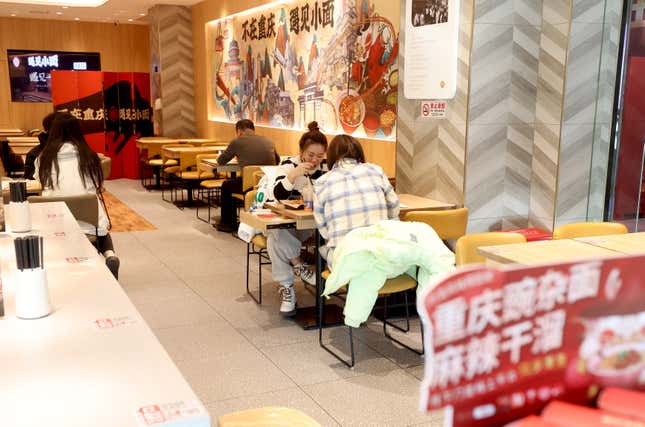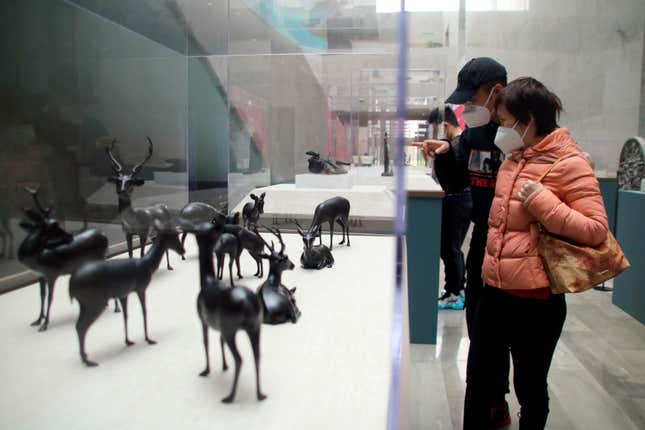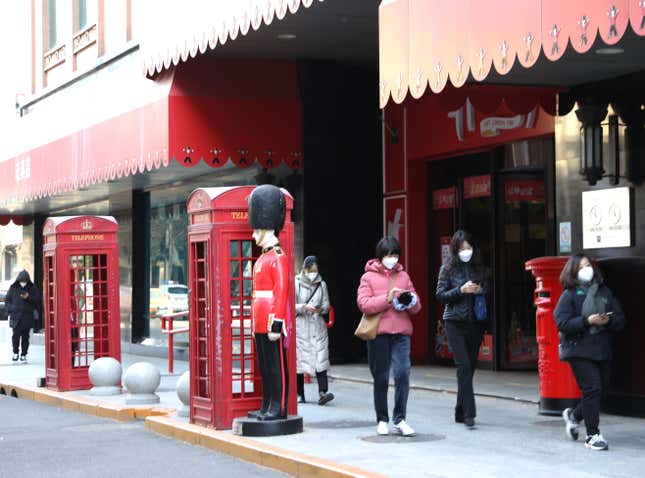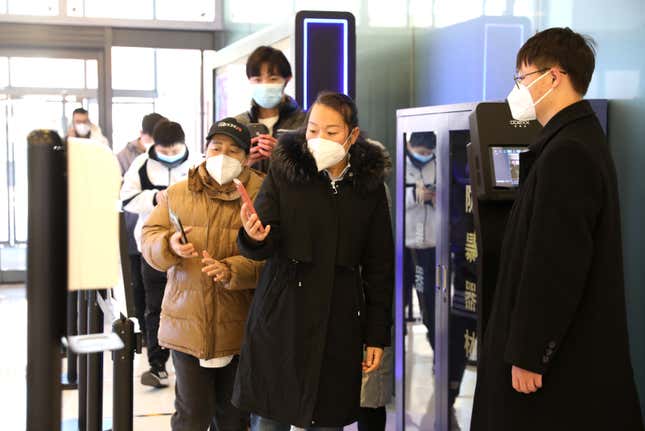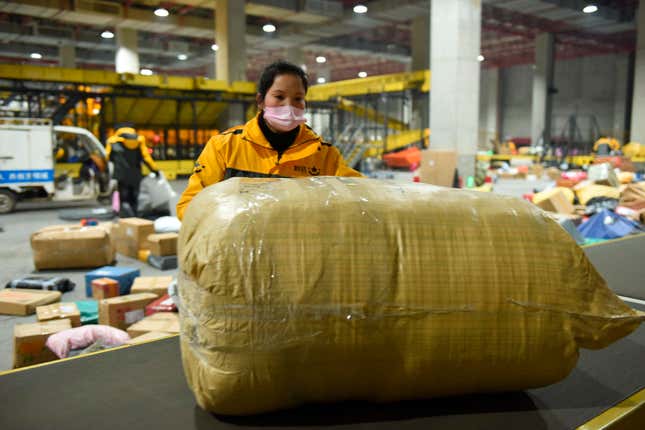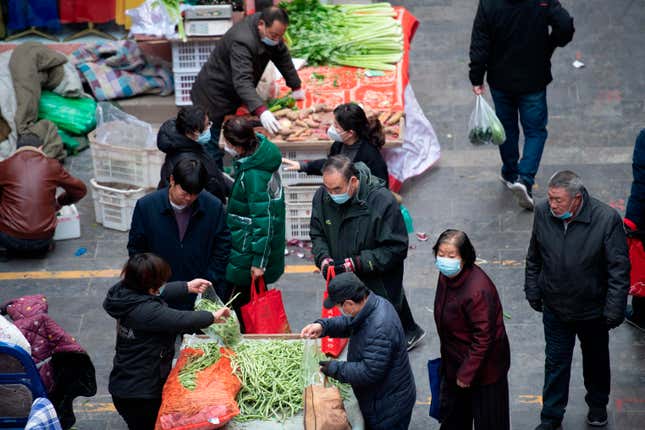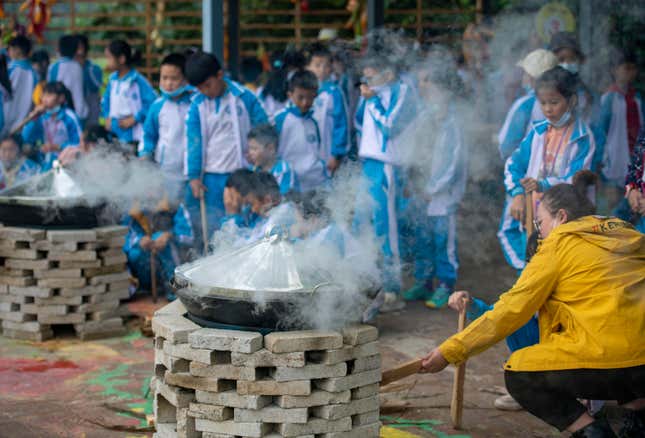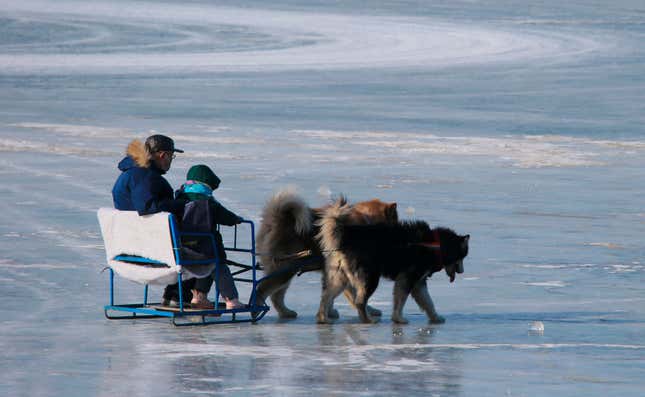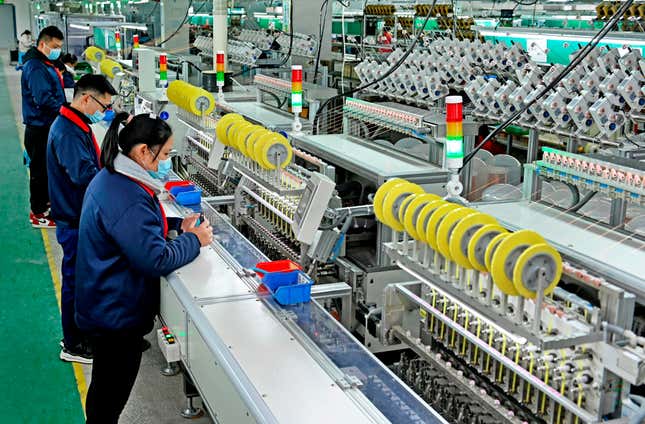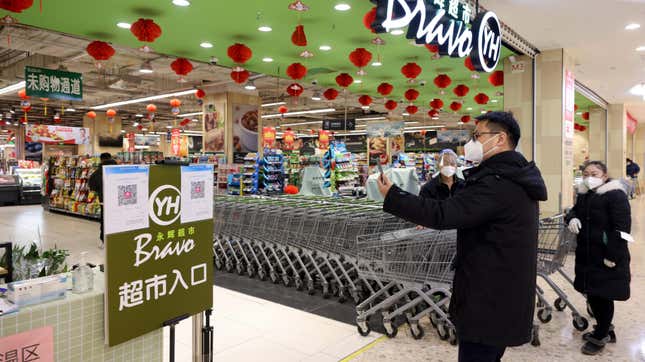
China announced on Wednesday the country’s strictest covid-19 rules will be lifted, allowing more freedom of movement for people who are living under some of the harshest health regulations in the world three years after the start of the pandemic.
The new guidelines, published by China’s National Health Commission, explicitly ban the blocking of fire exits and doors—a reference to the most notorious of China’s draconian rules that saw some homes welded shut by local health officials to prevent people from leaving, according to the BBC.
Chinese citizens who test positive for covid-19 but have either mild or no symptoms will no longer be required to stay in government-run isolation camps, according to the Health Commission. Previously, even people with asymptomatic cases were not allowed to isolate at home.
The new rules will mean that lockdowns will also be imposed in a more targeted manner, with certain buildings or floors locked down rather than entire neighborhoods or cities, according to the BBC. So-called “high risk” areas will also be let out of lockdown after five days if no new cases are detected, rather than the months-long lockdowns that have occurred previously.
Testing for covid-19 will also move to a slightly more relaxed posture, with lateral flow tests replacing the more expensive PCR tests in most scenarios, according to the BBC. PCR tests, which the government is no longer providing for free, will still be required for entry to high-risk settings like nursing homes and hospitals.
The relaxed rules, while still harsh by the current standards of most countries, come after uncharacteristically high profile protests in recent weeks over the prolonged lockdowns endured in China. Workers at one of China’s largest iPhone manufacturing plants even staged violent demonstrations in disputes over covid restrictions and pay last month.
There were also protests following reports that people in the province of Xinjiang were unable to leave their homes, which had been welded shut, during a recent earthquake. At least ten people died, according to the South China Morning Post, prompting the protests, which are atypical in China. At least 300 people demonstrated in Shanghai after the tragedy.
As the BBC notes, there are certainly mixed feelings about the lockdowns in China. While many regular people are upset with the restrictions, the lockdowns are also seen by a certain segment of the population as necessary in many cases. And the strict measures have no doubt saved countless lives, despite massively infringing on the human rights of the country’s 1.4 billion people.
China reported 25,321 new cases of covid-19 on Wednesday, with roughly 80% of those cases being asymptomatic, according to China’s National Health Commission. The country reported no new deaths on Wednesday.
The U.S. government no longer provides daily case counts for covid-19, but the U.S. saw at least 48,000 new cases on Tuesday, according to the New York Times, and at least 481 new deaths from the disease.
Since the start of the pandemic, China has reported 349,938 symptomatic cases, not including asymptomatic cases, which the country doesn’t count in its total, and 5,235 deaths. The U.S., by contrast, has reported over 98.8 million cases and 1.09 million deaths since the pandemic began.
Click through the slideshow to see a snapshot of life in China right now—a country with plenty of people still wearing masks in indoor spaces, but where things like a negative covid test are no longer necessary to gather in shops and restaurants.
